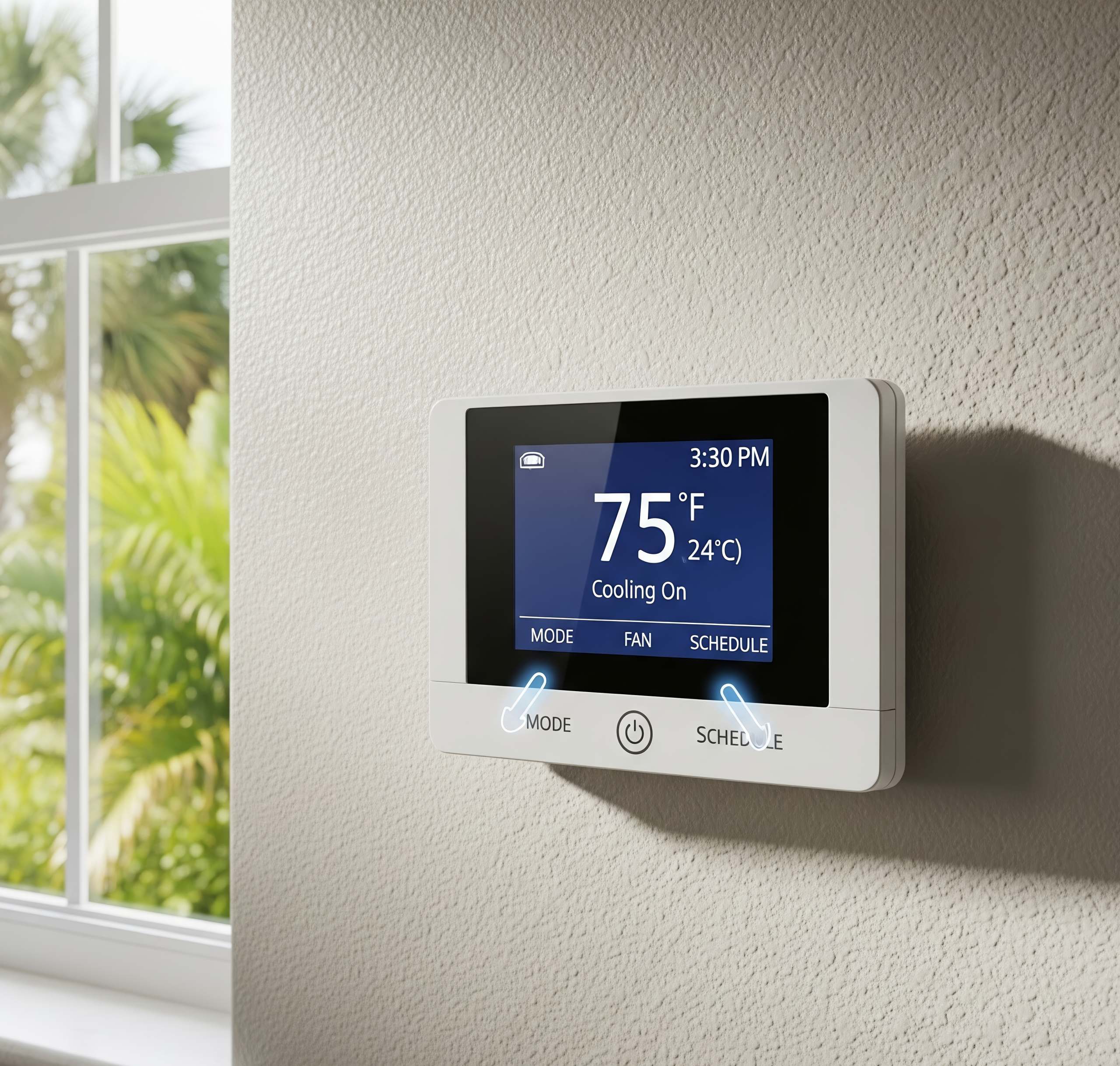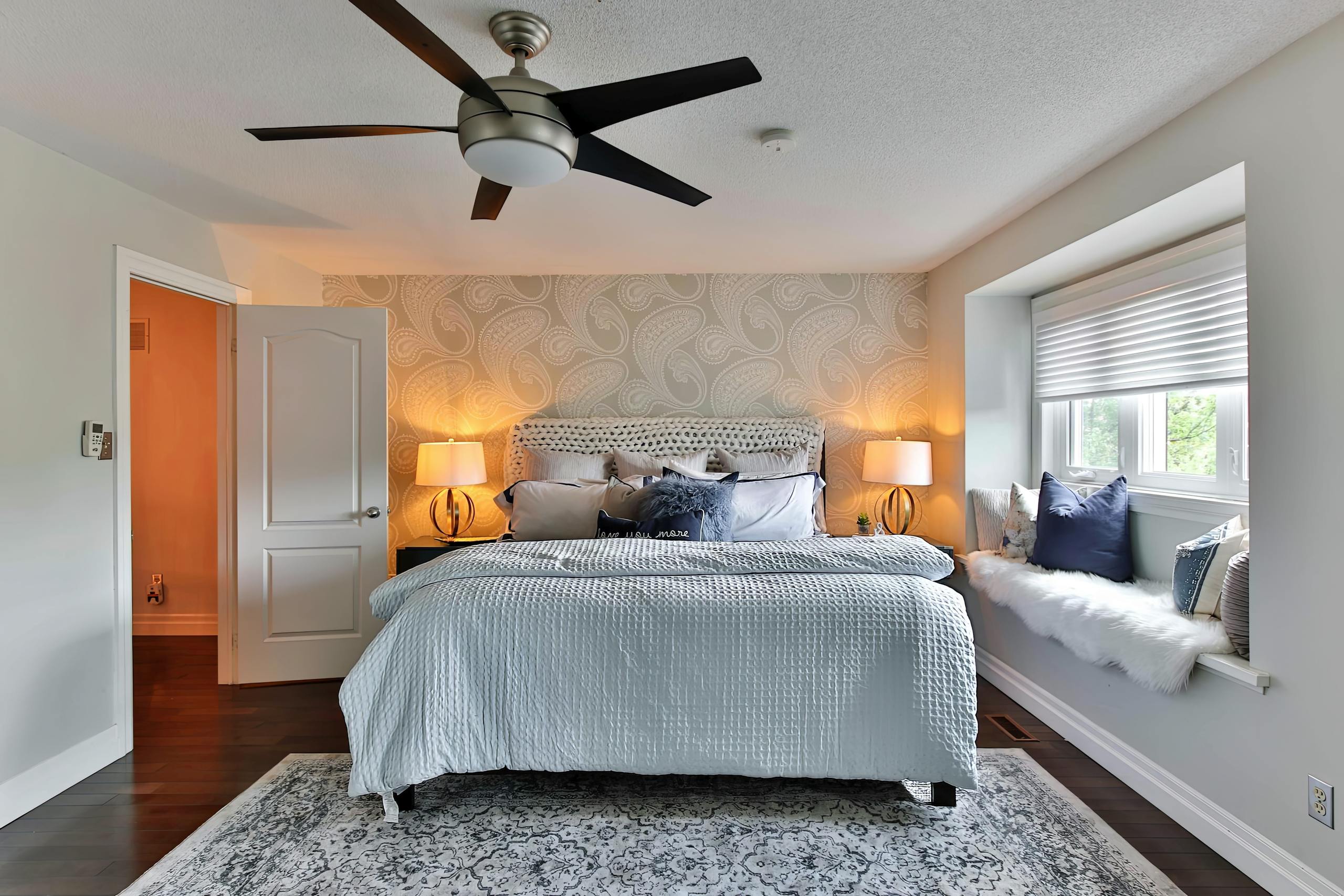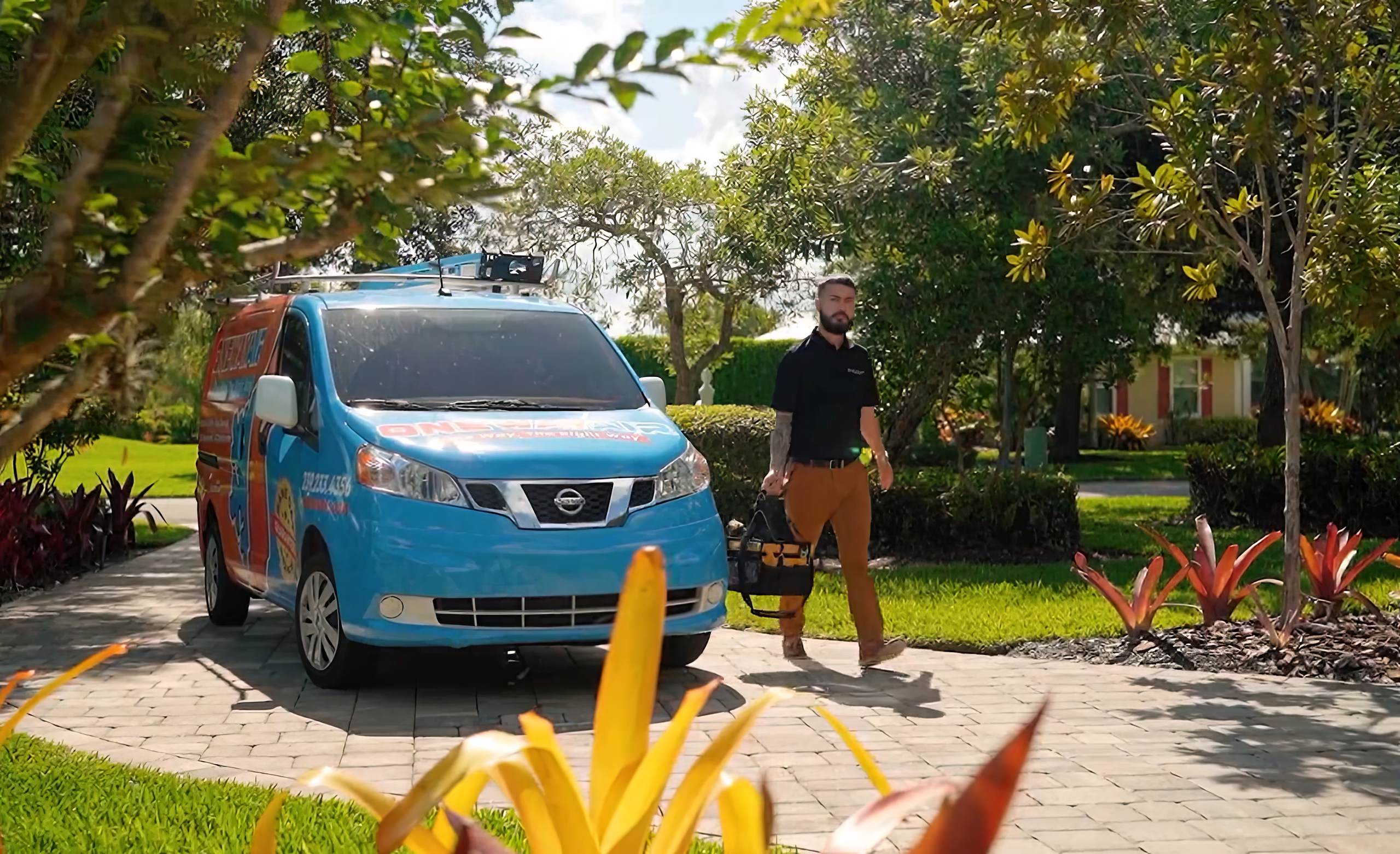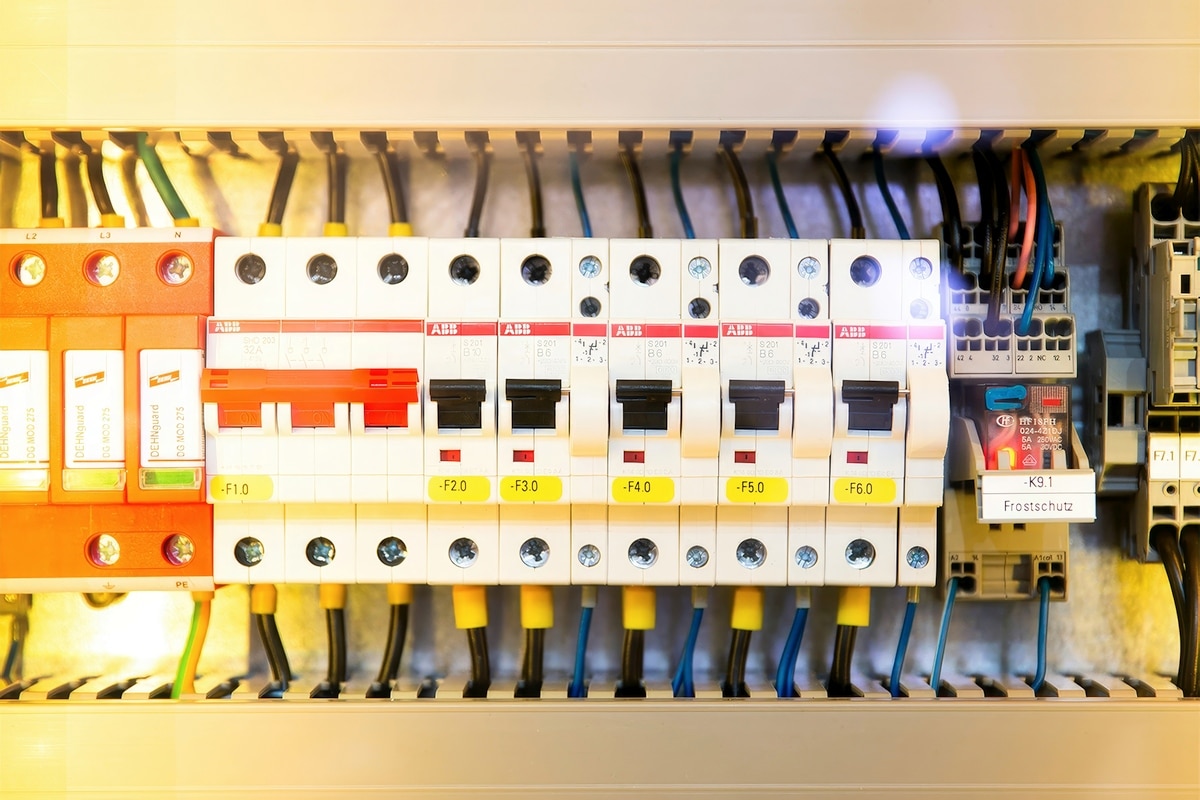Air conditioner or heat pump? Model and brand? Efficiency, size, and cooling/heating capacity?
There’s a lot to get right when choosing a new air conditioner or heating system. Heat pumps offer the benefit of both heating and cooling a home but there are several different types to consider—from standard single-stage systems to two-stage heat pumps and variable-speed options.
Florida homes spend a lot on energy costs, so making the right decisions at the beginning is important for energy efficiency as well as comfort. How do you know what to choose?
Let’s look at what two-stage heat pumps are and how they can save homeowners money, so that you can decide if this type of HVAC unit is right for your home…
WHAT IS A TWO-STAGE HEAT PUMP?

A two-stage heat pump can both heat and cool a home but at two different intensities. The first stage is full capacity, usually operational when initially cooling or heating a home. The second stage works at 60-70 percent of full capacity to maintain the desired temperature or when heating/cooling needs are minimal. This reduced intensity saves energy and lowers bills.
Let’s go a little deeper…
STAY COOL ALL YEAR ROUND WITH ONE WAY AIR…
The team at One Way Air installs, services, and repairs all types of air conditioning systems in Southwest Florida. Get in touch with us here for a quote or call 239-233-4356 in emergencies.
WHAT ARE HEAT PUMPS AND HOW DO THEY WORK?
A heat pump works in two ways:
- It extracts heat from one location (usually inside the home in Florida) and transfers it to another (outside the home).
- It reverses this process to heat your home during the cooler months.
With a similar system to air conditioning units, heat pumps utilize an evaporator and condensing coil, refrigerant, a compressor, and fans in precise mechanical balance to deliver cooled or heated air around the home. The ability to reverse the heat transfer process to heat the home is the crucial difference between an AC unit and a heat pump.

In cooling mode, a heat pump operates like a traditional air conditioner, working hard to cool the home in the hot, humid summers. The mild winters only require moderate heating, which makes heat pumps ideal. Rather than having to install both air conditioning and a furnace, homeowners can get the best of both worlds with a single HVAC unit.
It surprises some people that it gets too cold to run air conditioners in Florida for a few months of the year. We do get cold mornings and some cold snaps when steady, even heating is required—and heat pumps are well suited for this.
HOW IS A TWO-STAGE HEAT PUMP DIFFERENT?
Traditional heat pumps are single-stage systems. They operate at full capacity when switched on, regardless of the actual heating or cooling needs of a home. This may cool or heat a home adequately for general comfort but it’s not so comfortable on the pocket.

A two-stage heat pump has a compressor and other smart components that allow it to operate at two different capacities:
- Full or “high” capacity (approximately 20 percent of the time): the heat pump operates at the same intensity as a single-stage unit, cooling or heating the home during peak demand or the hottest/coolest periods.
- Low capacity (80 percent of the time): the compressor operates at 60–70 percent capacity mode for milder cooling or heating demands.
The main mode with two-stage heat pumps is the low-capacity mode. This leads to greater energy efficiency, cost savings, increased comfort, and other benefits for homeowners (discussed in more detail below).
EXAMPLE: SINGLE-STAGE VS. TWO-STAGE HEAT PUMP
It’s summer in Florida and you set the thermostat to 72 degrees Fahrenheit. With the temperature well above that outside, the cooling mode of a single-stage heat pump will start when the AC is on, cooling the home to 72 or 71°F at full capacity. The unit will then “rest” and, once the home heats to 73°F, the cycle repeats. The heat pump always runs at 100 percent when on.
With a two-stage heat pump, the unit starts up and remains operational at low capacity once the initial cooling “burst” has reduced the temperature to around 72°F, maintaining the temperature within a degree or two of this level. Ultimately, this uses less energy and prevents the need for the unit to run at full capacity so often.
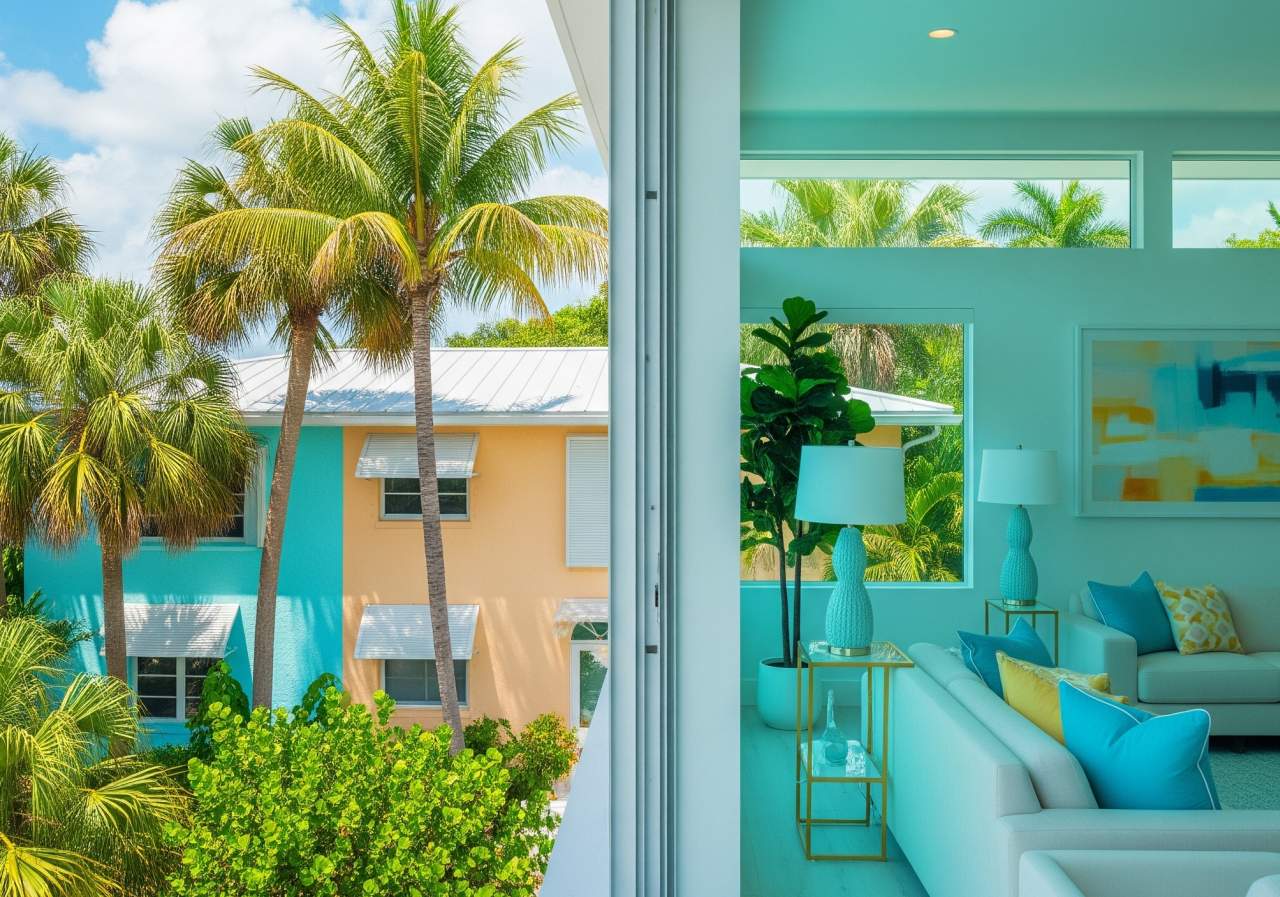
KEY BENEFITS OF TWO-STAGE HEAT PUMPS
Heat pumps offer year-round performance because they cool the home in summer and heat it during the mild winters in Florida—a major benefit over air conditioners. However, there are also several benefits of two-stage cooling and heating in Florida homes over single-stage units…
BETTER ENERGY EFFICIENCY
Air conditioning and heating account for the largest portion of energy usage in Florida homes. Energy efficiency is, therefore, an essential consideration when selecting HVAC equipment. Even a small increase in SEER rating can produce big rewards. Two-stage units save electricity by operating at a low speed for most of the time.
LOWER MONTHLY BILLS
With the average monthly electricity bill in Florida coming in at around $165-$170 and cooling/heating a major contributor to this, shaving anything off the bill can be a big help to homeowners. Switching from a single-stage heat pump to a two-stage heat pump can save 10-20 percent or more on electricity usage.
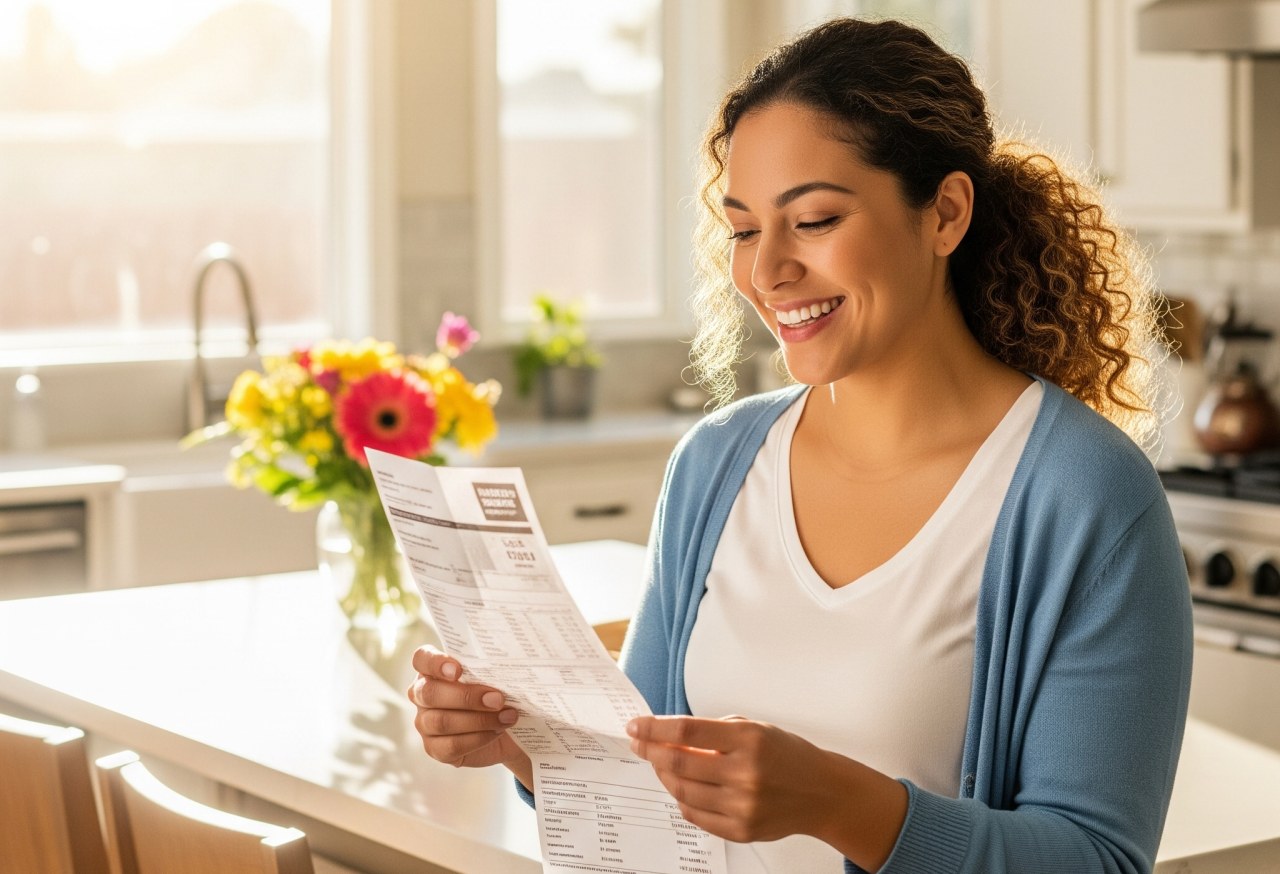
FEWER TEMPERATURE FLUCTUATIONS
A two-stage heat pump will help your home maintain more consistent, steady temperatures with fewer hotspots when cooling and cold spots when heating. This improves general comfort levels, reducing the “peaks and troughs” and temperature swings.
BETTER HUMIDITY CONTROL
It can be challenging to achieve the ideal humidity level in Florida homes and avoid the mold, mildew, and musty smells that accompany high humidity.
Because two-stage heat pumps have longer run times than single-stage units, cycling on and off less frequently, the coils remove more moisture from the indoor air—on average, twice as much as single-stage units.
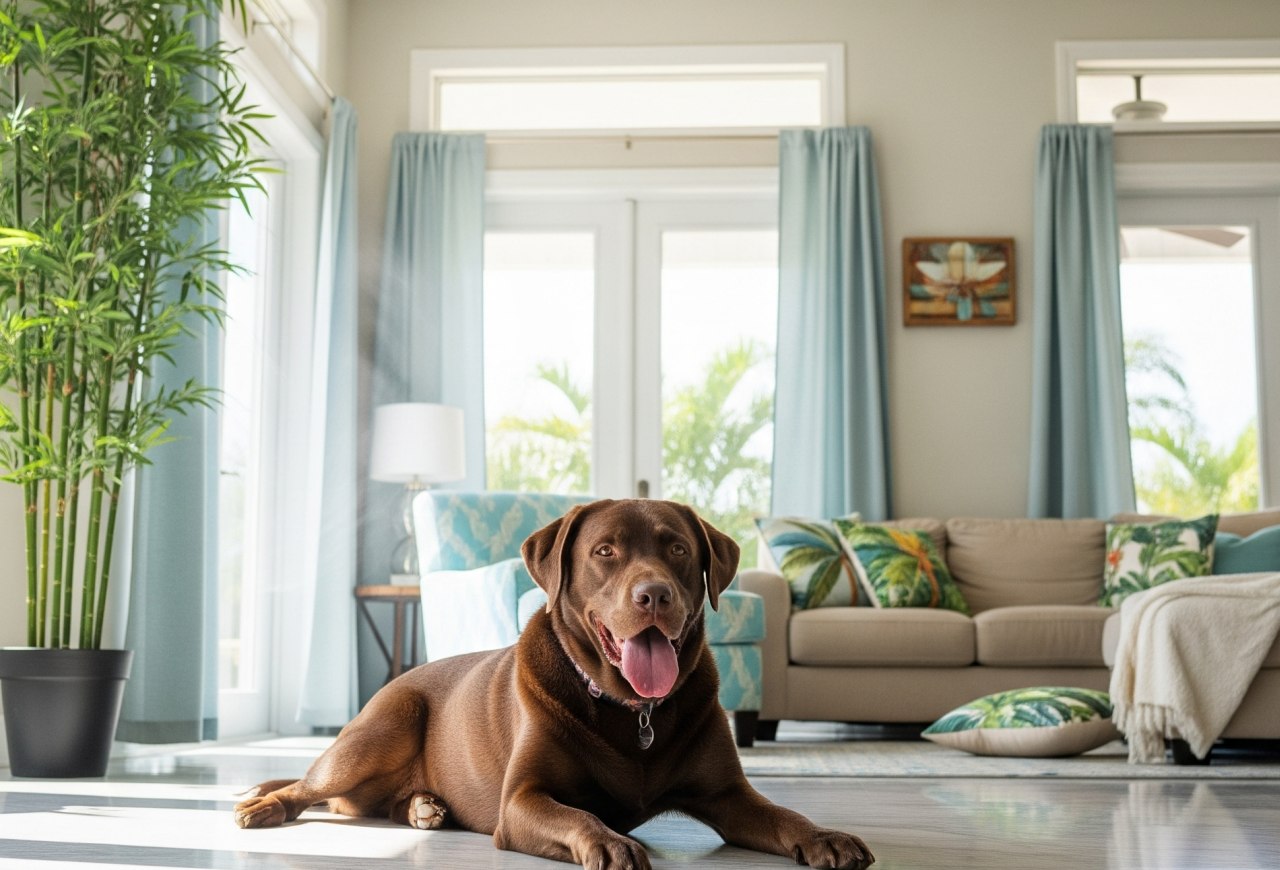
BETTER INDOOR AIR QUALITY
Two-stage heat pumps can improve indoor air quality because of their filtering action. Running at lower speeds and remaining on for long cycles means that the indoor air circulates and regularly passes through the HVAC filter, purifying the air and removing contaminants, such as pollen, dust, pet dander, etc.
A QUIETER HOME
Single-stage heat pumps operate at full capacity all the time and cycle on and off regularly. This tends to be noisier than two-stage units, which have a “lower gear” setting that runs more quietly.
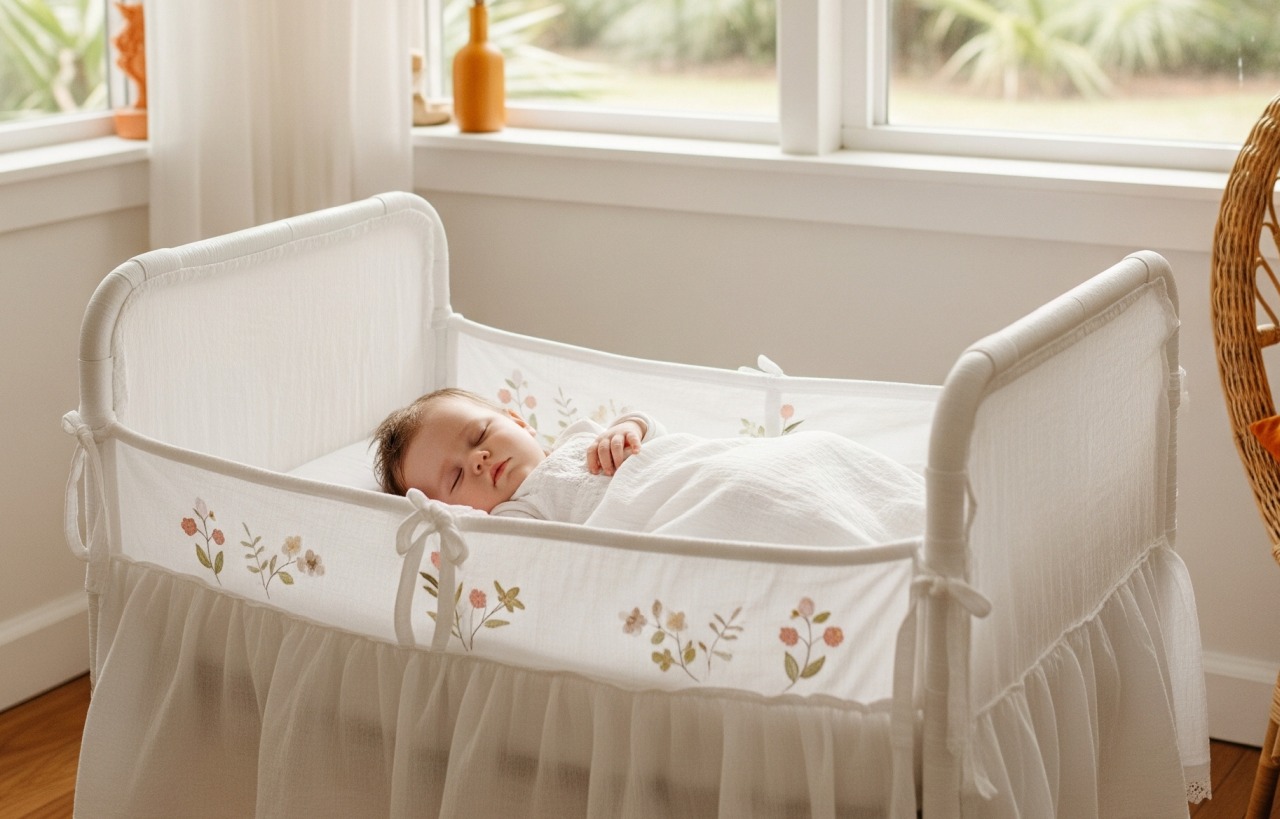
LONGER HVAC UNIT LIFESPAN
The bad news is that cooling equipment in Florida works extra hard, shortening the average lifespan of AC units compared with most of the country. The good news is that a two-stage heat pump generally lasts longer than a single-stage unit because of reduced wear of components from fewer full-power cycles.
SINGLE-STAGE VS. TWO-STAGE VS. VARIABLE-SPEED HEAT PUMPS
Variable-speed heat pumps are even more energy-efficient than two-stage units. They are the most energy-efficient heating and cooling devices on the market in SW Florida, offering SEER ratings of above 20 (compared with 13-16 for single-stage units and 16-19 for two-stage systems).
Multi-stage heat pumps have hundreds of distinct compressor settings for different airflow levels. Whether heating or cooling, incremental adjustments to the compressor speed mean that they use only the power required to maintain a consistent temperature in the home.
You probably guessed the downside to all this: a significantly higher upfront cost than both single-stage and two-stage units. Let’s take a quick look at the main differences.
|
Heat Pump Type |
Efficiency |
Price Range (Installed) |
Main Benefits |
|---|---|---|---|
|
Single-Stage |
SEER 13-16HSPF 7.7-8.5 |
$5,000 – $9,000 |
|
|
Two-Stage |
SEER 16-19HSPF 8.5-9.5 |
$6,000 – $11,000 |
|
|
Variable Speed |
SEER 18-24+HSPF 9.5-13 |
$9,000 – $18,000 |
|
IS A TWO-STAGE HEAT PUMP RIGHT FOR YOU?
There is one main downside of two-stage heat pumps: the upfront cost is higher than for single-stage heat pumps.
The cost of heat pumps compared to the cost of air conditioners in Florida is already higher but the extra efficiency of two-stage units adds another premium to the cost of these units. How much premium depends on the brand, size, energy efficiency, and the complexity of installation, among other factors.
Single-stage units (13-17 SEER rating/7-8 HSPF) come in at around $5,000–$9,000 fully installed, while two-stage units (16-19 SEER/8.5-9.5 HSPF) are $6,500–$11,000 fully installed.
Note that the heating efficiency of heat pumps is measured in Heating Seasonal Performance Factor (HSPF), which ranges from 7-8 HSPF for older units up to 11-13 for the most efficient units.
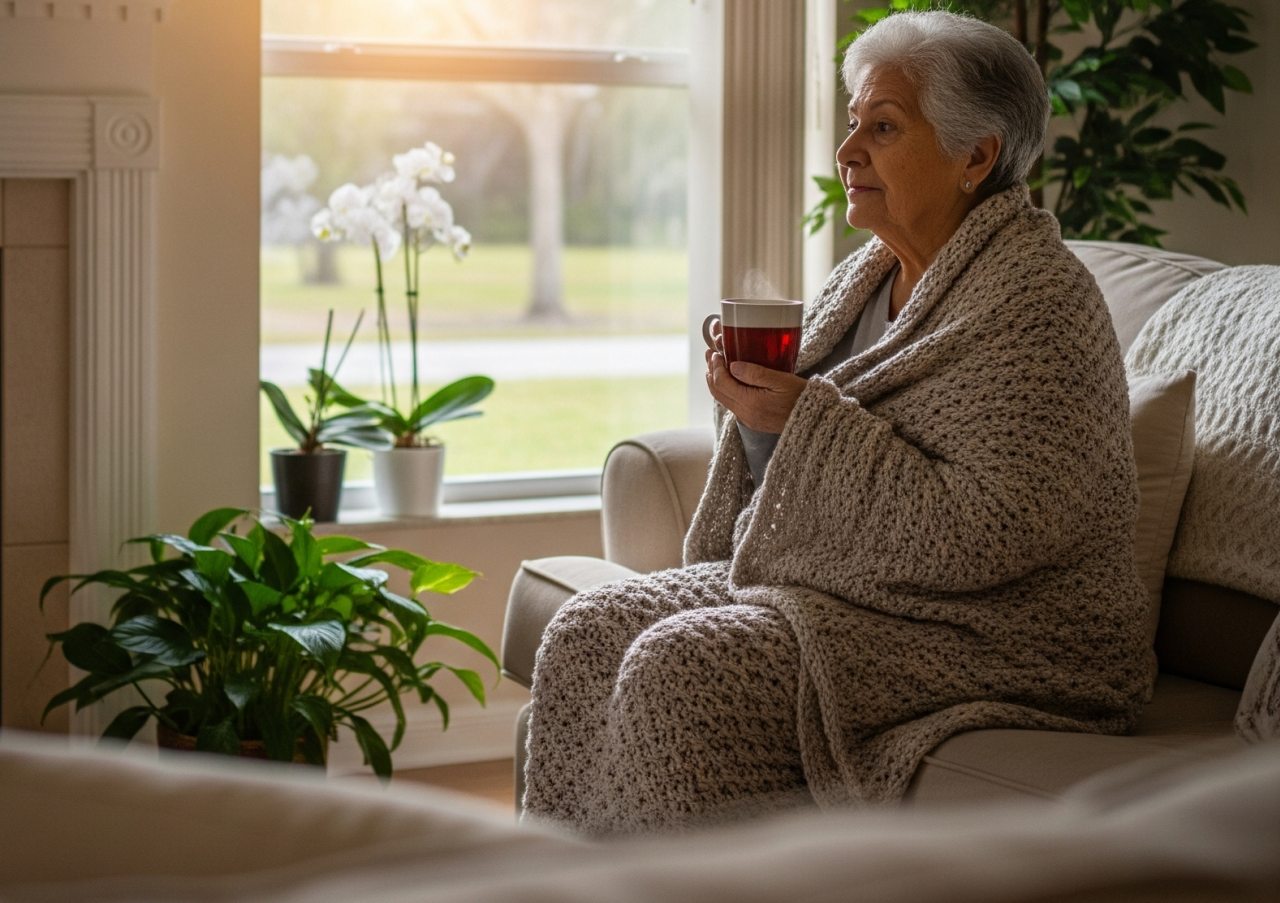
The premium of $2,000 or more on the upfront costs of two-stage heat pumps is paid back over time with lower energy costs (generally 10-20 percent lower). You may also benefit from rebates or incentives offered by state or federal programs for installing energy-efficient equipment, such as Florida Public Utilities rebates, Florida Power & Light (FPL), and federal tax credits under the Inflation Reduction Act.
A two-stage heat pump should be a serious consideration for Florida homeowners with an old, inefficient HVAC system that needs replacing (both AC and heating).
Before selecting a unit, you will need to consider your home’s precise energy needs, which usually requires an energy audit from an HVAC professional. This will take into account the size, occupancy, and age of the home, as well as your lifestyle and comfort preferences and the quality of insulation. Your budget and the current HVAC setup will also affect the equipment you choose.
If you have a modern furnace installed, for instance, but your AC unit is an aging single-stage unit, you may simply choose to upgrade to a two-stage air conditioner.
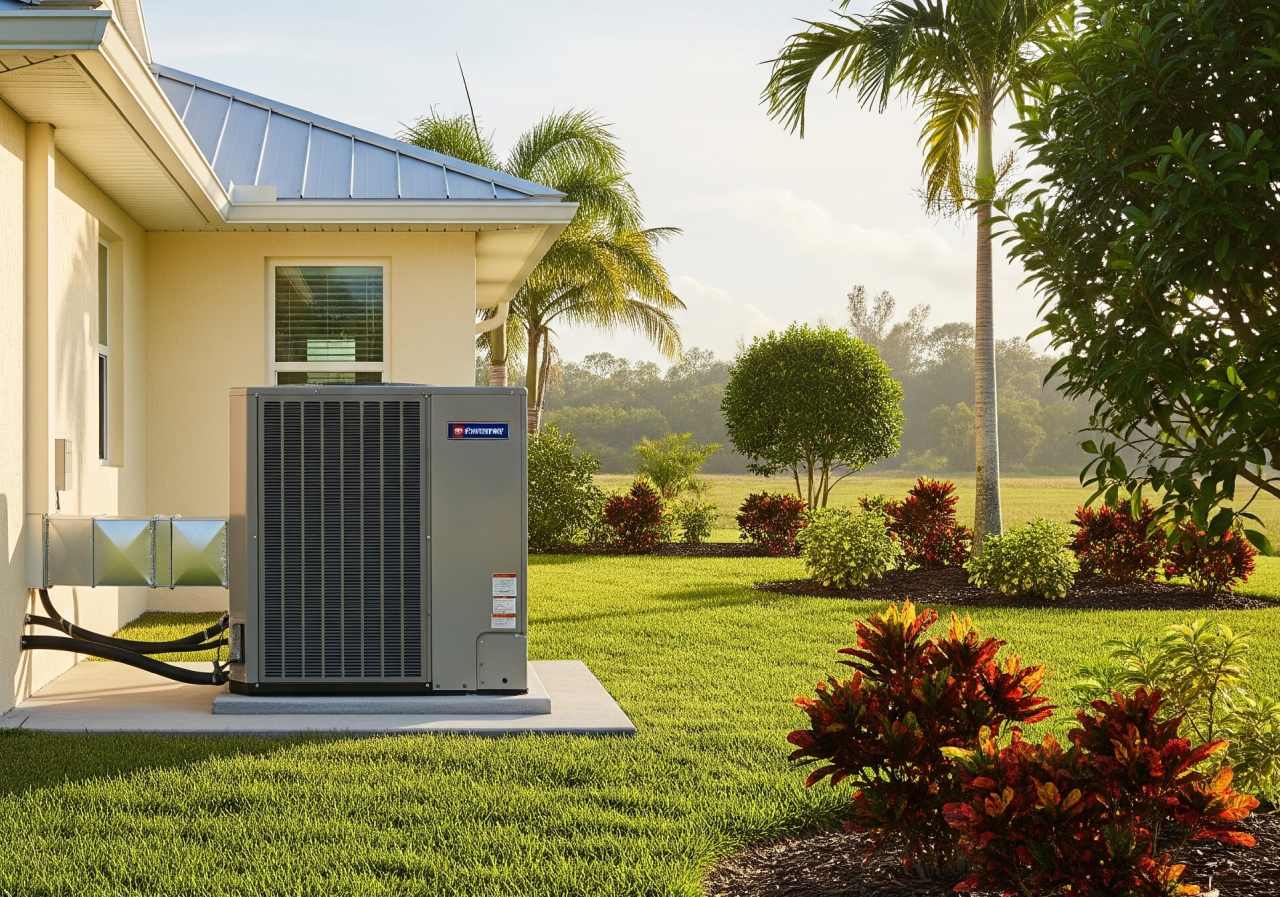
FAQs
Yes, a modern heat pump can cool the home sufficiently even in the middle of summer. In fact, Florida is one of the best places for a heat pump to operate. A two-stage unit will be more efficient and provide better comfort and indoor air quality than a single-stage unit.
No, the heat pump will heat the home adequately in the winter months, with enough heating power for Florida’s mild winters.
A two-stage heat pump typically lasts about 10 to 15 years in Florida, though it can last longer with proper HVAC maintenance. The humid, salty air—especially in coastal areas of the state—can shorten the lifespan of heat pumps compared to drier or cooler climates but the mild winters cause less heating strain on the system, helping to offset that.
A two-stage heat pump requires a multi-stage thermostat capable of controlling the cooling and heating through staging logic. Most professional HVAC installation companies will recommend a smart thermostat for compatibility.
A two-stage heat pump and a two-stage air conditioner (AC) are similar in that they have compressors that work at two different speeds for better energy efficiency but they differ in that a heat pump can heat a home as well as cool it. In cooling mode, both units work the same. In heating mode, a reversing valve allows a heat pump to reverse the refrigeration cycle/heat transfer process, removing heat from outside and transferring it indoors.
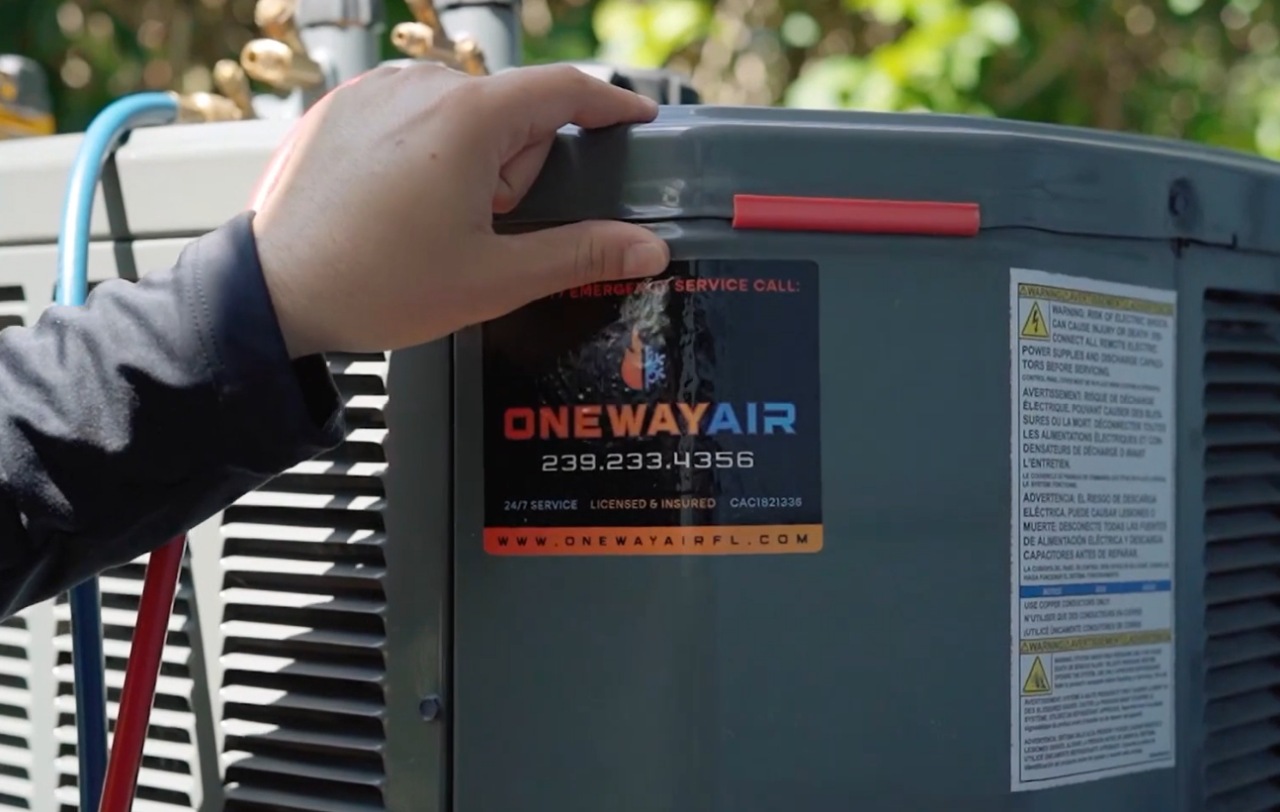
CHOOSING THE RIGHT HVAC EQUIPMENT FOR YOUR FLORIDA HOME
The best option for your SW Florida home will depend on multiple factors, including your home’s energy needs, budget, rebates, how long you plan to remain in your home, energy efficiency preferences, the existing ductwork and HVAC setup, and other factors.
For an accurate assessment of the HVAC unit you need and a dependable installation, contact an AC professional at One Way Air for an inspection today.

